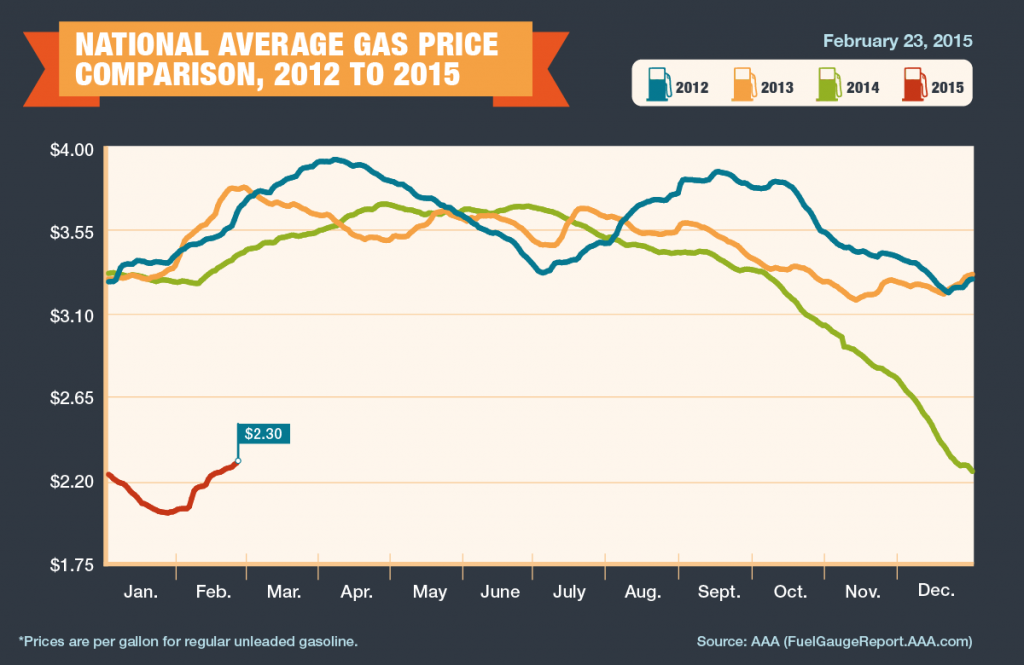President Obama, DOE boost alternate fuels
President Obama burnished his legacy as an environmentalist last week by mandating a huge cut in greenhouse gas emissions among federal vehicles. The aim is to cut emissions for 40 percent by the year 2025.
The executive order will increase the percentage of the government’s 636,000 vehicles that run on alternative fuels. Improved gas mileage on new internal combustion engines can account for only a small fraction of the required reduction, so the only alternative will be to increase the number of non-gasoline engines in the fleet. Among the frontrunners will be cars running on compressed natural gas, electric vehicles, propane-powered cars, vehicles running on gasoline-ethanol combinations, hydrogen vehicles, and all manner of hybrid combinations of any of the above Obama’s order built on a previous executive action in 2009 that has helped reduce greenhouse-gas emissions by 17 percent. The 40 percent reduction will be measured against levels in 2008, right before Obama took office.
As of 2013, more than 200,000 of the federal fleet of 635,748 vehicles were alternative-fuel vehicles. The most common of these were the 180,000 cars running on an ethanol-gasoline mix. But the new cars are expected to be of the more experimental variety. It is anticipated that, by 2025, half the federal vehicles will be some kind of plug-in hybrid.
The White House pointed to the efforts of large private companies such as IBM, GE, Honeywell and Walmart in meeting the same standards of switching to alternative vehicles in their fleet. The president’s spokespeople said the combined effort would be “the equivalent of taking nearly 5.5 million cars off the road.”
The president’s order was not the only effort by the federal government to increase its fleet of alternative vehicles. The Department of Energy announced a $6 million program to accelerate the alternative vehicle market. DOE said the purpose of the grants will be to get people accustomed to the idea of driving alternative vehicles. Eleven projects will be funded around the country. They will include:
- Clean Fuels Ohio will sponsor the Midwest DRIVES initiative to make alternative fuel vehicles available to select company fleets on a short-term lease basis. The program will used data collected from these experiments to encourage other companies to lease AFVs as well.
- Penske Truck Leasing of Reading, Pennsylvania, will make compressed natural gas heavy-duty trucks available to cross-country truck fleets on a 1-to-3-month basis. The object will be to test consumer satisfaction.
- The Florida Office of Consumer Services, Office of Energy, will make available plug-in hybrid vehicles to car rental companies in the Orlando area. With Disney World at its doorstep, Orlando is the nation’s largest car-rental market. The idea will be to accustom renters to the advantages of plug-in hybrids.
- The Triangle Council of Governments around Research Triangle Park will supply vehicles powered by CNG, electricity, propane, E85 and biodiesel over a three-state area that will include North Carolina, South Carolina and Tennessee. The object will be to encourage fleet purchases.
- The Plug-In Hybrid Electric Vehicle Demonstration Program, run by ASG Renaissance of Dearborn, Michigan, will attempt to stimulate consumer awareness and demand for PHEVs by placing them in the hands of media influencers. It is hoped that a social media campaign through Facebook and Twitter will bring positive coverage.
- The West Virginia University Research Corporation will develop a curriculum for training promoters and repair specialists for alternative vehicles. The National Alternatives Fuels Training Consortium will provide marketing and outreach for the new curriculum.
- The National Fire Protection Association of Quincy, Massachusetts, will develop curricula for the use of alternative vehicles in fire protection, emergency services and first responders to auto accidents.
- The North Central Texas Council of Governments will develop a curriculum for use of propane, electric and natural gas vehicles for fire marshals, code officials, mechanics and technicians, and first responders. The program will be offered in four states of the Southwest.
- The University of Central Florida will establish a training program for the use of CNG, electric and propane vehicles by first responders, college instructors, tow-truck operators and salvage/recycling vehicles. Hands-on training will be supported by vehicles supplied the National Association of Fleet Managers.
- The Metropolitan Energy Center of Kansas City will collaborate with State Fire & Rescue Training institutes in Kansas and Missouri to adapt existing alternative fuel safety curricula to their existing training structures.
- The National Association of State Energy Officials will work with its network of State Energy Offices, the National Governors Association, and the International Emergency Managers Association to help incorporate alternative fuel and advanced vehicles into multiple emergency preparedness plans.
So there’s plenty going on in the advance of alternative vehicles. It will take more than a drop in the price of oil to discourage these programs.
(Photo: POET LLC)

 But there is good news! Many ethanol producers and advocacy groups, with enough love for America to encompass this past Valentine’s Day and the next (and of course, with concern for profits), have acknowledged that a vibrant, vigorous, loving market for E85 is possible, if E85 costs are at least 20 percent below E10 (regular gasoline) — a percentage necessary to accommodate the fact that E10 gas gets more mileage per gallon than E85. Consumers may soon have a choice at more than a few pumps.
But there is good news! Many ethanol producers and advocacy groups, with enough love for America to encompass this past Valentine’s Day and the next (and of course, with concern for profits), have acknowledged that a vibrant, vigorous, loving market for E85 is possible, if E85 costs are at least 20 percent below E10 (regular gasoline) — a percentage necessary to accommodate the fact that E10 gas gets more mileage per gallon than E85. Consumers may soon have a choice at more than a few pumps.